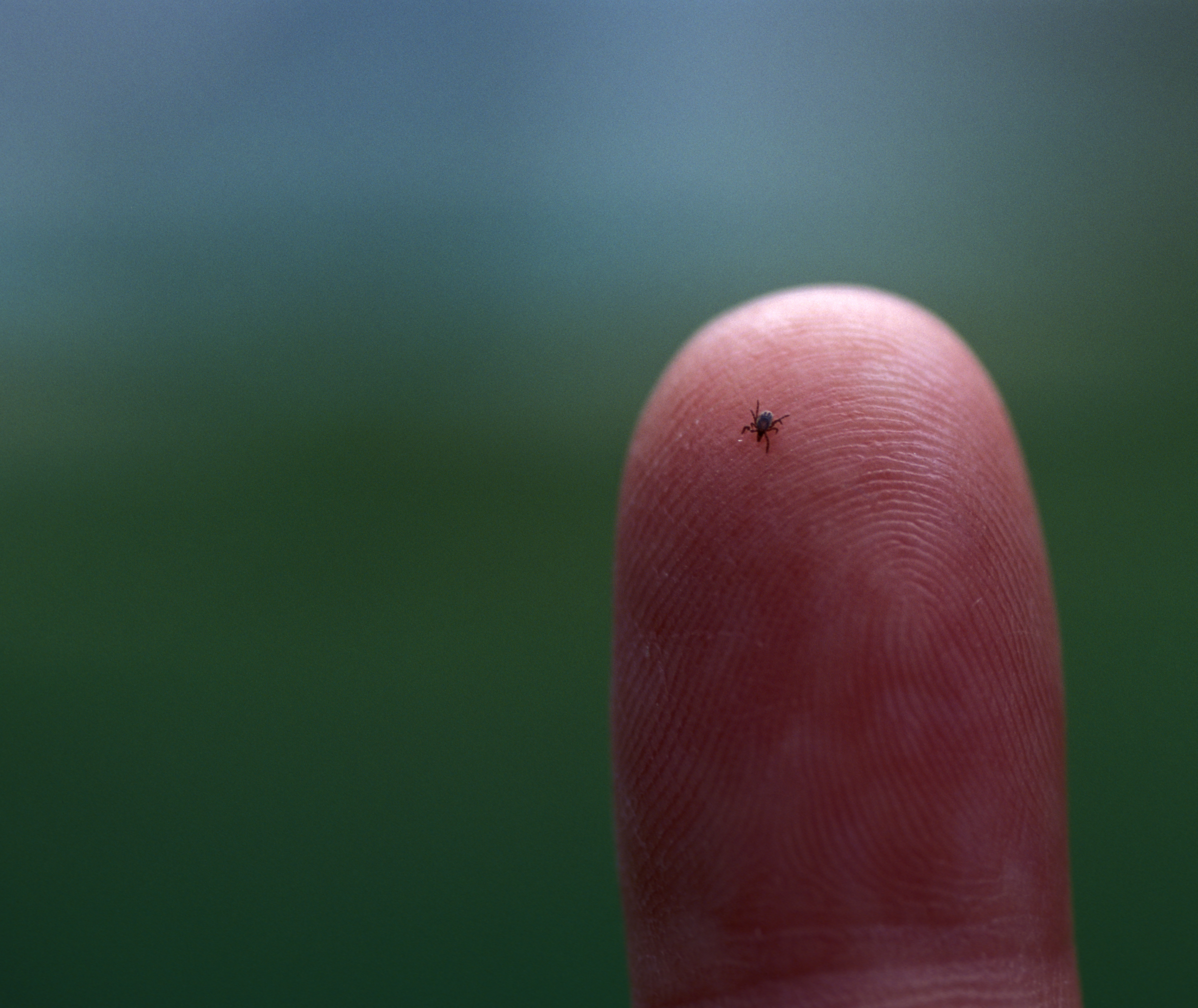Lyme Disease: Prevention, Detection, and Treatment

Lyme disease is an infectious disease caused by a bacterium called Borrelia burgdorferi. That bacteria are transmitted to humans by black-legged ticks or deer ticks, which become infected by feeding on infected mice, deer, or birds.
The disease gets its name from Old Lyme, Connecticut, where it was first recognized in 1975. According to the CDC, Lyme disease is the most common vector-borne illness in the U.S. It’s also common in Europe.
How to Prevent Lyme Disease
Preventing Lyme disease primarily involves preventing tick bites. You can minimize the risk of a bite by doing the following:
- Make your yard unattractive to ticks. Clear wooded areas that aren’t needed or wanted in your landscaping, minimize underbrush, and position woodpiles in areas that get plenty of sunshine.
- Wear long pants, long-sleeved shirts, and a hat or head covering when you’re outdoors.
- Use an insect repellent that contains DEET. However, use it with caution and according to direction, and never on children under the age of three.
- Do “tick checks” on yourself, your partner, your children, and your pets after being outdoors.
Prompt removal from your skin of any ticks you find can also help prevent Lyme disease, as an infected tick must be attached to your body for at least 36 hours to transmit the bacteria that causes the disease. To remove ticks, use fine-tipped tweezers to grasp them gently near their head or mouth and lift them with steady, even pressure. Don’t jerk or twist.
Try to be sure that no piece of the tick is left behind. However, if there are pieces you can’t remove easily with tweezers, don’t squeeze or dig into the skin. Leave the pieces there.
After removing a tick, clean the bite area, the tweezers, and your hands with rubbing alcohol or soap and water. Dispose of a live tick by flushing it down the toilet, putting it in a sealed bag or container you can discard, wrapping it tightly in tape, or putting it in rubbing alcohol.
Diagnosing Lyme Disease
To diagnose Lyme disease, your doctor will start by asking if you live in, or have traveled to, an area where the ticks that transmit the disease are common. They’ll also want to know about any bites you can remember getting. In addition, they may ask if you’ve experienced heart-related symptoms like dizziness or palpitations, as they can be caused by Lyme disease.
Next, your doctor will conduct a physical exam to look for the presence of a rash, which is typically in an oval or bullseye shape. However, approximately 20% of people infected with Lyme disease don’t develop a rash, so your doctor will probably perform other tests, as well.
This includes an enzyme-linked immunosorbent assay (ELISA) test that detects antibodies to the disease-causing bacteria. If that test is positive, what’s called a western blot test is usually performed to confirm the diagnosis.
Treating Lyme Disease
If you’re diagnosed with Lyme disease, your doctor will prescribe antibiotics that you’ll receive for a period of weeks, either by mouth or intravenously. The CDC says, “Most cases of Lyme disease can be treated successfully with a few weeks of antibiotics.”
But it’s important to note that it can take weeks to months for all the symptoms to disappear. During that time, you can support your recovery by eating a healthy diet, getting plenty of rest, using stress-reduction practices, and taking anti-inflammatory medication as directed for pain relief.
Learn About Primary Care Services at Baptist Health
Primary care doctors at Baptist Health are skilled in diagnosing and treating Lyme disease. If you think you may have contracted the disease, find a provider and schedule an appointment today.
How Does Lyme Disease Affect the Brain?
Symptoms of Lyme Disease
Quiz: Do You Know How to Protect Yourself from Ticks?



